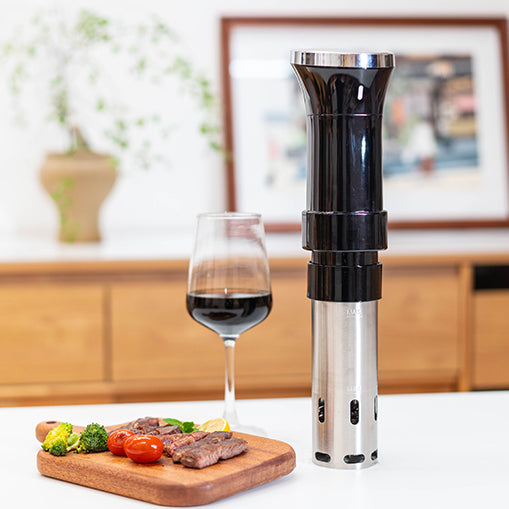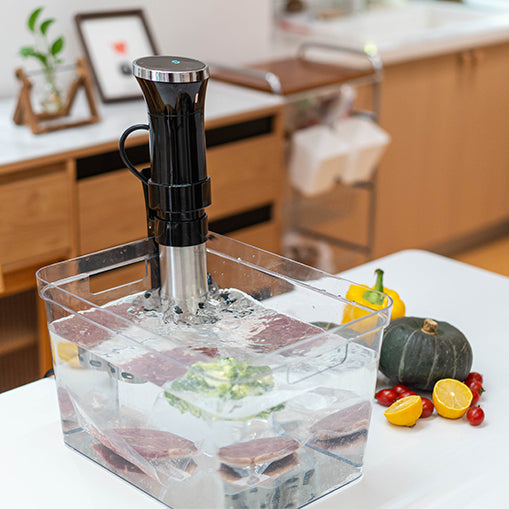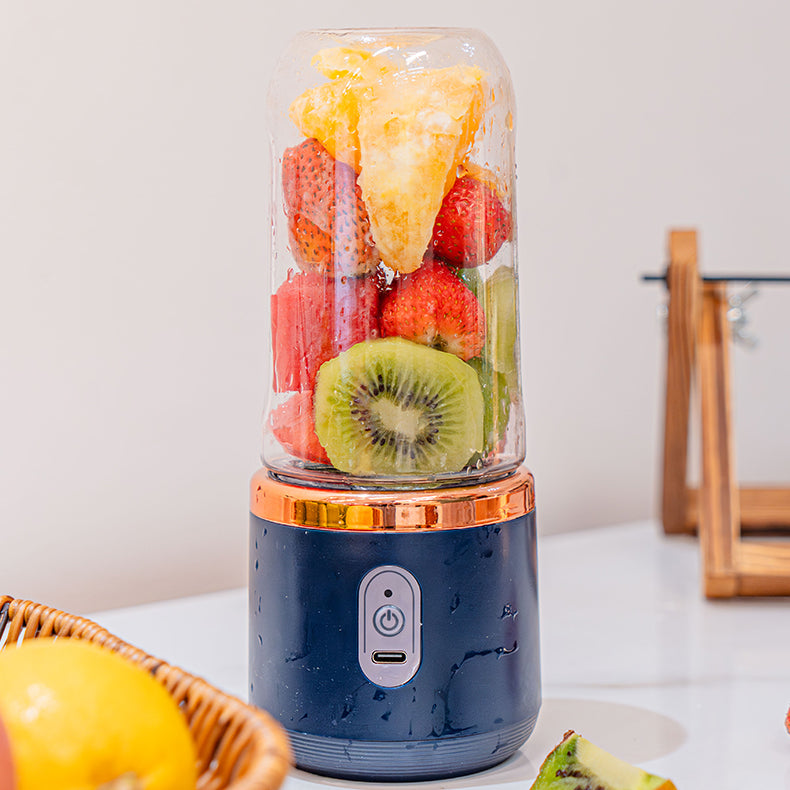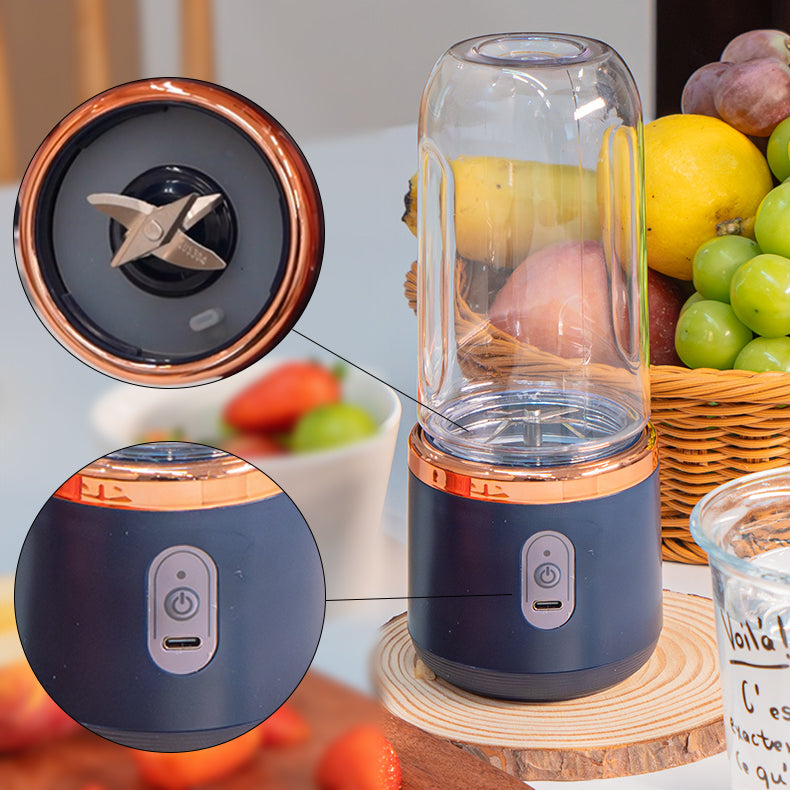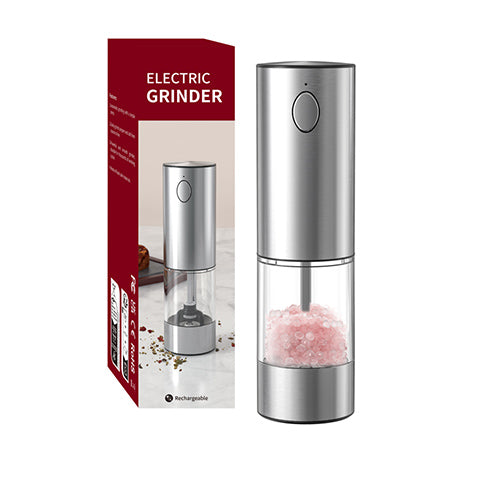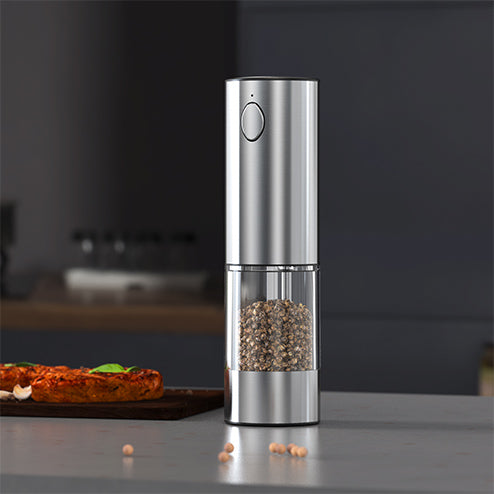Shaved ice, a favorite summer refreshment across the globe, especially in warm weather, offers a cooling relief. But amidst the refreshing indulgence, many wonder about its impact on their health, particularly its calorie content. This article explores the components of shaved ice, breaks down its nutritional content, answers how many calories are in shaved ice, evaluates its health benefits and drawbacks, and offers tips on how to enjoy it in a health-conscious way. Without further ado, let’s dive in!
What Constitutes Shaved Ice?
Shaved ice is made from finely shaved or crushed ice, which is then flavored with a variety of sweet syrups. Here's a breakdown of what typically constitutes shaved ice:
- Ice Base: The primary component is ice that has been finely shaved from a block. This texture is what distinguishes shaved ice from other frozen desserts like snow cones, which have a granular texture with larger ice flakes.
- Syrups: The shaved ice is generously topped with flavored syrups. These syrups can be made from sugar, water, and various flavorings. Popular flavors include strawberry, cherry, lemon, grape, blue raspberry, and tropical fruits.
- Toppings: In some variations, especially in regions like Hawaii or parts of Asia, additional toppings such as sweetened condensed milk, fruit chunks, azuki beans, or mochi balls can be added.
The Nutritional Content of Shaved Ice

Shaved ice is a favorite during hot weather as it's often used to beat the heat. Nonetheless, its sweetness may cause some to question the implications of consuming it daily. Although ice itself is calorie-free, the syrups and toppings that are typically added can significantly boost its caloric content. Are there too many calories in shaved ice? What other nutrient contents does it have? Let’s take a closer look:
- Calories (100-300): Plain shaved ice itself contains virtually no calories since it's just frozen water. However, the caloric content increases significantly with the addition of syrup. On average, a cup of shaved ice with syrup calories can be anywhere from 100 to 300, depending on the amount of syrup used.
- Sugars (20-50g): The majority of the calories in shaved ice come from sugars. Syrups are typically made from sugar or high-fructose corn syrup and water, with artificial or natural flavorings added. A single serving can have 20-50 grams of sugar, depending on the size of the serving and the liberality of the syrup application.
- Fat and Protein (0g): Shaved ice generally contains no fat or protein unless toppings like condensed milk, ice cream, or fruits are added. These toppings can contribute additional calories, fat, and protein.
- Vitamins and Minerals: Plain shaved ice has no vitamins or minerals. However, if fruit syrups made from real fruit or actual fruit toppings are used, they may provide small amounts of vitamin C and other nutrients depending on the fruits used.
- Dietary Fiber: There is no fiber in shaved ice unless whole fruits or other fibrous toppings are added.
Benefits and Drawbacks of Eating Shaved Ice
From the nutritional information provided, it's clear that shaved ice can vary in health impact. Plain shaved ice is low in calories, but when various flavors and toppings are added, the sugar content and caloric level significantly increase. This highlights both the potential health benefits and the drawbacks, particularly in terms of its nutritional balance:
Benefits
- Cooling Effect: Offers a quick relief from the heat, making it ideal for summer days.
- Hydration: Helps maintain hydration levels by increasing fluid intake.
- Variety of Flavors: Features a vast array of syrup flavors, allowing for endless customization.
- Low Calorie Base: The base ingredient, ice, has no calories, providing a guilt-free aspect when consumed without added sugars.
-
Versatility: Can be adjusted for different dietary preferences with sugar-free syrups or fresh fruit toppings.
Drawbacks
- High Sugar Content: Syrups are often sugar-heavy, but this can be mitigated by opting for sugar-free or natural sweeteners.
- Caloric Increase: Sweet toppings can raise the calorie content, but the base ice remains calorie-free, allowing for portion control.
- Dental Issues: Excess sugar may contribute to dental problems, though this risk is manageable with proper oral hygiene.
- Nutritional Deficiency: While not a source of essential nutrients, it is intended as a treat, not a primary food source.
Tips for Reducing Calorie Intake with Shaved Ice
Enjoying shaved ice while managing calorie intake is all about making smart choices regarding syrups and toppings. You can follow these tips to cut down the shave ice calories effects:

- Opt for natural sweeteners like honey or agave instead of traditional, sugar-heavy syrups. These alternatives can provide sweetness with fewer calories.
- Stick to smaller servings to naturally reduce calorie intake without sacrificing the enjoyment of your treat.
- Top your shaved ice with fresh fruit instead of sugary canned fruits or syrups. This not only adds natural sweetness but also provides vitamins and fiber.
- Avoid toppings like condensed milk, chocolate syrup, or whipped cream, which significantly increase the calorie content.
- By increasing the amount of ice relative to the toppings and syrup, you can enjoy a larger, more satisfying portion with fewer calories.

For creating healthier, low-calorie shaved ice at home, the SCHWUA Shaved Ice Machine is an excellent companion. With a crushing speed of up to 143 lbs per hour and an adjustable stainless steel blade that lets you achieve fine, fluffy Hawaiian-style ice, this machine is perfect for customizing your treats. Made with food-grade stainless steel and featuring an easy-to-clean design, it ensures a safe and hygienic experience. Pair it with fresh fruit or low-sugar syrups to enjoy delicious, guilt-free shaved ice anytime!
Conclusion
In conclusion, while shaved ice is a delightful treat that can provide relief from the heat, its nutritional value varies greatly depending on the ingredients used. Sugar free shaved ice has few calories, but calories in shaved ice syrups and toppings are not low. By understanding these nutritional dynamics and implementing strategies to reduce calorie intake, you can enjoy shaved ice responsibly, balancing indulgence with health-conscious choices.

